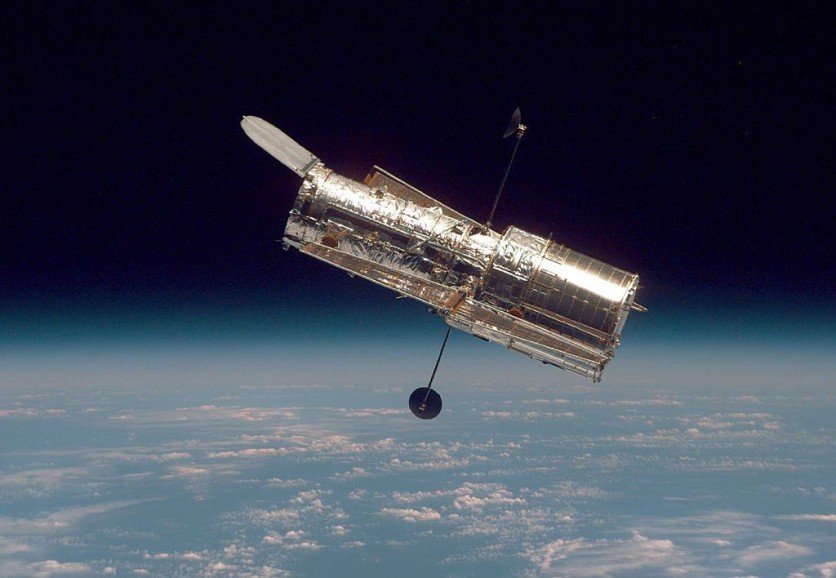NASA's Hubble Space Telescope has gotten images of what seems like a disaster deep in space.

The image shows galaxy NGC 3718, which is said to be a "highly disturbed spiral," according to NASA officials. What this means is a disrupted formation caused by the galactic interaction with another galaxy, the NGC 3729. As a result, it formed an S-shaped warp.
Twisty and Dusty
It shows a twisting dust lane in detail as it moves through the galaxy's core. The image was caught while the Hubble was looking into the galaxy's nucleus. However, it was challenging to see because of the massive amount of dust caused by the galactic interaction.
Still, it can be seen with the use of infrared light that can pass through dusty regions. Some of the features that were caused by the interaction are the line of reddish star formation that extends toward the 9 o'clock position, along with the dark dust tendril at the 7 o'clock position.
Furthermore, the study aims to learn how supermassive black hole masses are related to the galactic bulges about the center and the star formation that takes place throughout a galaxy.
Also Read: Hubble Space Telescope Captures Beautiful Images of Two Merging Galaxies
The Support of the James Webb Space Telescope
On the other hand, the agency's James Webb Space Telescope will support the Hubble by looking into the galaxies that are close to the start of the universe, which will start work this summer.
Another part of the Webb research will also be about the galactic variety, mergers and collisions, and the relationships with supermassive black holes.
A Globular Cluster
The Hubble Telescope also saw a globular cluster Ruprecht 106 that shows that these globular clusters also have groups of stars that carry distinct chemical compositions that were left by a group of stars with different ages or compositions from the rest of the cluster.
It was able to capture a star-studded image through the Advanced Camera for Surveys (ACS), which is a third-gen instrument that was a replacement for the original Faint Object Camera that was used in 2002.
The Ruprecht 106 is around 69,100 light-years away from the Earth in the Centaurus constellation.
The ACS also has helped map dark matter distribution that detected the most distant objectives in the universe. It also searched for huge exoplanets and studied the galaxy cluster evolution.
The Hubble has captured plenty of images of spiral galaxies, like the NGC 3344. However, the grand spirals were formed over billions of years through various processes while giant elliptical galaxies are known to be formed by similar-sized galaxies colliding that then disrupt each other, and finally, merging.
Related Article: NASA's Hubble Telescope Catches A Glittering Starburst Display of NGC 6558
This article is owned by TechTimes
Written by April Fowell




